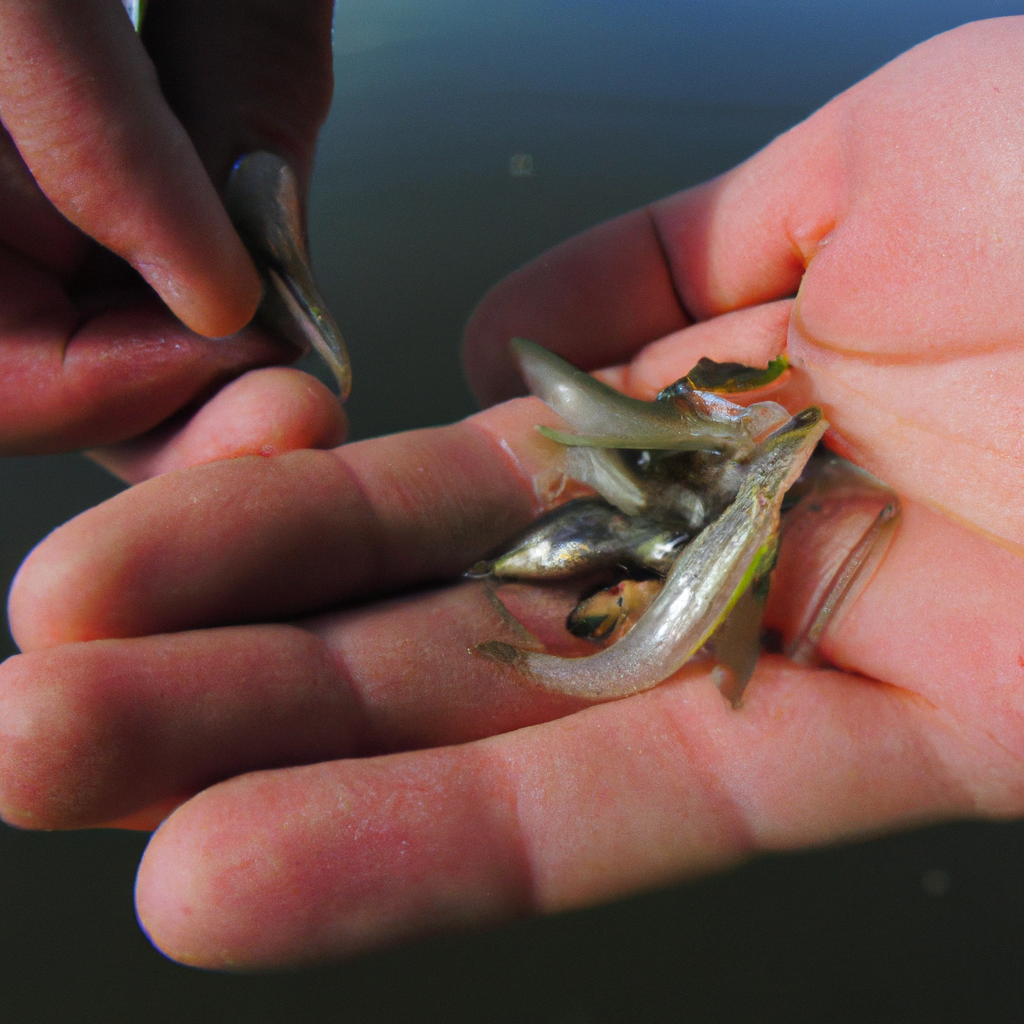Fishing, Hunting and Camping
Tips, articles and reviews by people like you.
Springtime Crappie Catching Tips
Springtime means crappie season! As waters warm up and nature awakens from its winter slumber, crappie begin to move from the deeper waters to shallower areas, making it the perfect time to reel in a catch. In this guide, we’ll give you some tips and tricks on how to make the most out of your springtime crappie fishing adventure.
Springtime Crappie Fishing Basics
Before you start crappie fishing, it’s important to know the basics. Crappie are known to stay in schools, so if you catch one, chances are there will be more in the area. They are also more active in cooler waters, so early spring is the best time to fish for them. Crappie are also known to be attracted to cover, such as submerged trees or vegetation.
Best Time of Day to Catch Crappie
The best time to catch crappie is early in the morning or in the evening when the water is cooler. During these times, crappie are more likely to be closer to the surface and actively feeding. However, some anglers have also found mid-day to be productive, especially if the water is overcast.
Finding Crappie in Spring
Once you have an idea of where crappie might be located, it’s important to find them. Look for areas that have structure or cover, such as submerged trees or brush piles. You can also use a fish finder to help locate schools of crappie.
Using Live Bait vs. Artificial Lures
Live bait, such as minnows, is a popular choice for crappie fishing. However, artificial lures such as jigs and spinners can also be effective. The benefit of using artificial lures is that they can be reused, whereas live bait needs to be constantly replenished.
Top Lures for Springtime Crappie

fishing minnows
Some popular lures for crappie fishing include jigs, spinners, and small crankbaits. Jigs in particular are known to be effective, especially when paired with live bait.
Techniques for Catching More Crappie
One technique for catching more crappie is “spider rigging,” which involves using multiple poles spread out at different depths to cover a larger area. Another technique is “trolling,” which involves slowly moving the boat while dragging lures behind it. Both techniques can be effective in springtime crappie fishing.
Crappie Fishing Gear for Spring
When crappie fishing in the spring, it’s important to have the right gear. Some essentials include a fishing pole with a sensitive tip, a small reel with a light line, and a good selection of lures. Additionally, polarized sunglasses can be helpful for spotting fish in the water.
Tips for Catching Big Crappie
If you’re aiming to catch bigger crappie, try using larger lures or live bait. Additionally, look for areas that have a lot of cover, as larger crappie tend to stay in these areas. Finally, be patient. Big crappie can be elusive, but with enough time and effort, you’ll eventually reel one in.
Best Places to Fish for Crappie in Spring
Some popular spots for crappie fishing in the spring include shallow bays, coves, and channels. Additionally, check out any areas with submerged trees or brush piles, as these are known to attract crappie.
How Weather Affects Crappie Fishing
Weather plays a big role in crappie fishing. Cool, overcast days can be ideal, while bright, sunny days can make crappie retreat to deeper waters. Additionally, sudden changes in weather, such as a cold front, can cause crappie to become more finicky and harder to catch.
Preparing Your Catch for Cooking
Once you’ve caught your crappie, it’s important to properly prepare them for cooking. Fillet the fish and remove any bones. You can then season the fish and bake, fry, or grill them.
Storing Your Springtime Crappie Catch
If you’re not cooking your crappie right away, it’s important to store them properly. Place the fillets in a plastic bag and store them in the fridge or freezer. If storing in the fridge, use them within a few days. If storing in the freezer, they can last up to six months.
With these tips and tricks, you’ll be well on your way to having a successful springtime crappie fishing adventure. Remember to have patience, and don’t be afraid to try different techniques and lures until you find what works best for you. Happy fishing!




